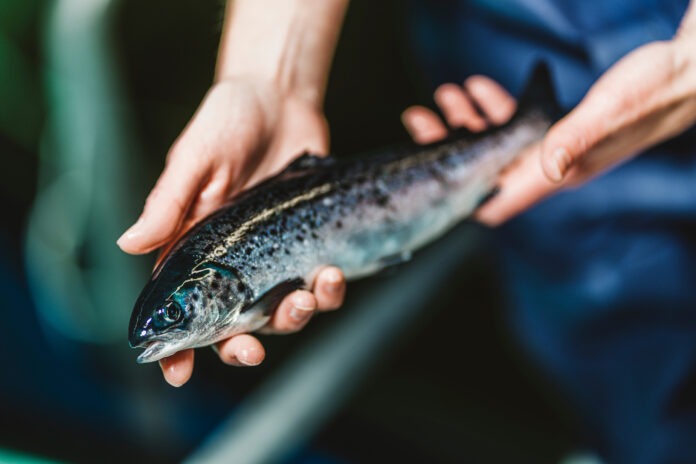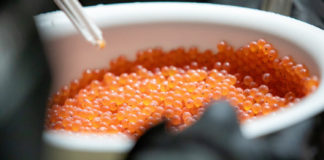A new study has found that while land-based post-smolt production can reduce the need for lice treatments in salmon farming, it may come at the cost of increased sexual maturation at harvest — particularly in males — and reduced overall yield.
The research, published in Aquaculture and led by Lars Eirik Myklatun as part of his PhD, compared salmon that were reared for five months on land to 1kg before sea transfer with those transferred directly to sea-cages at 115g. The land-based fish, kept under simulated natural daylight and 12°C water, were significantly more likely to be sexually mature at harvest seven months after sea transfer.
This was especially true for males, regardless of whether the smoltification regime involved continuous light and smolt feed (LL-S) or a “winter signal” followed by continuous light (LD-LL).
While land-based rearing can offer welfare and health benefits — such as lower lice exposure and higher control over environmental conditions — the study found it may also increase the risk of grilse maturation and melanized focal changes (MFC) in the fillet. These factors can lead to downgrades at processing and lower harvest biomass.
Overall, the fish that went directly to sea cages yielded 1.8 times more biomass (excluding mature individuals) than those reared longer on land, suggesting a potential trade-off between lice management and harvest economics.
The findings may carry implications for producers weighing the benefits of extended on-land post-smolt rearing against the biological costs and downstream processing losses associated with early maturation.








